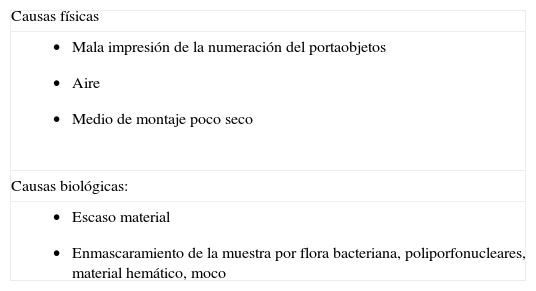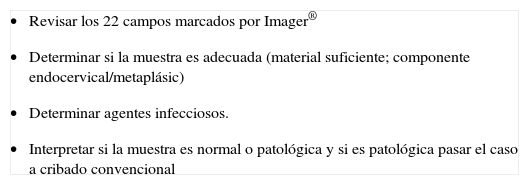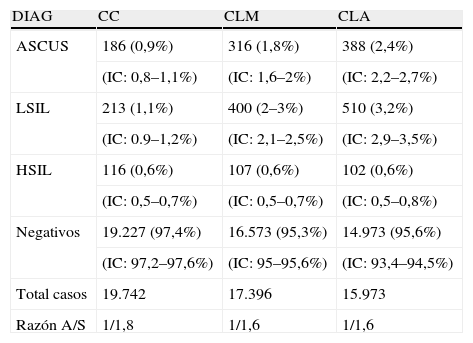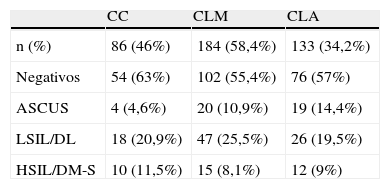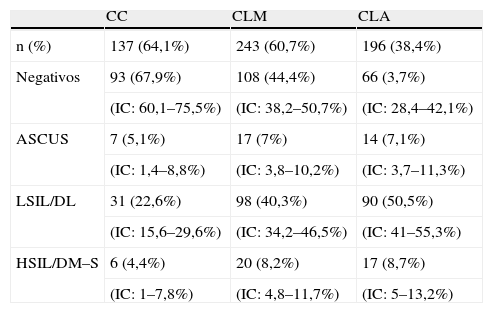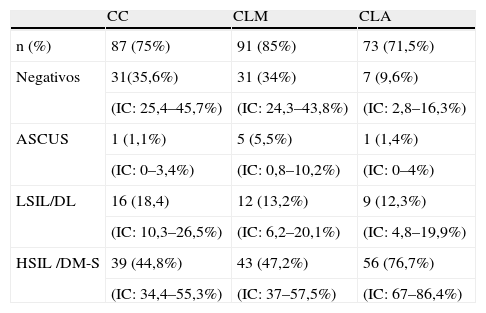La automatización de la citología ginecológica es ya un hecho en progresivo aumento en los servicios de anatomía patológica. Entre otros cambios, permite focalizar la atención del citotécnico y del citopatólogo en algunos datos de la extensión a analizar lo que permite mejorar la interpretación y por tanto, el diagnóstico. Hemos realizado un estudio comparativo de un total de 53.311 muestras correspondientes a otras tantas mujeres de distintos distritos de Barcelona, comparando el rendimiento de la citología convencional, de la citología liquida (ThinPrep Pap Test®, TPPT, Hologic, Malborough, Massachussets) con lectura manual y de la citología liquida (ThinPrep Pap Test®) con lectura automatizada (Imager®, Hologic, Malborough Massachussets), en 2 aspectos, uno el rendimiento global comparativo y 2 el rendimiento en relación al seguimiento de las pacientes. Concluimos que la lectura automatizada aumenta en nuestra serie el diagnóstico de ASCUS y LSIL, manteniendo en términos comparativos el diagnóstico de HSIL. Sin embargo, en el seguimiento de las pacientes observamos que se detectan más casos de HSIL en diagnósticos previos de ASCUS y LSIL con lectura automatizada y que los casos diagnosticados de HSIL muestran una correlación con la biopsia significativamente superior. Concluimos que la lectura automatizada de citología ginecológica incrementa la sensibilidad para diagnóstico de ASCUS y LSIL e incrementa la especificidad para el diagnóstico de HSIL.
The use of automated technologies in gynaecological cytology is increasing in many departments of pathology. Amongst other things, it allows the cytotechnician and the cytologist to focus on specific areas of the slide which enhances identification and therefore improves diagnosis. We have carried out a comparative study of 53.311 samples taken from the same number of women resident in Barcelona. We compared the efficiency of conventional cytology, liquid cytology (ThinPrep Pap Test®, TPPT, Hologic, Malborough, Massachussets) with manual reading and liquid cytology (ThinPrep Pap Test) with automated reading (Imager®, Hologic, Malborough Massachussets). Two aspects were evaluated: comparative global performance and performance in relation to patient follow-up. We found that automated readings increased the diagnosis of ASCUS and LSIL whilst the frequency of HSIL diagnosis remained similar. However, in patient follow-ups, we observed that more cases of HSIL were detected in women with previous diagnoses of ASCUS and LSIL when automated reading was used and that there was a significantly greater correlation between the cytological diagnosis and the findings on biopsy. We concluded that there is greater sensitivity for the diagnosis of ASCUS and LSIL as well as an increased specificity for the diagnosis of HSIL when automated readings of gynaecological cytology are used.
Artículo
Comprando el artículo el PDF del mismo podrá ser descargado
Precio 19,34 €
Comprar ahora






